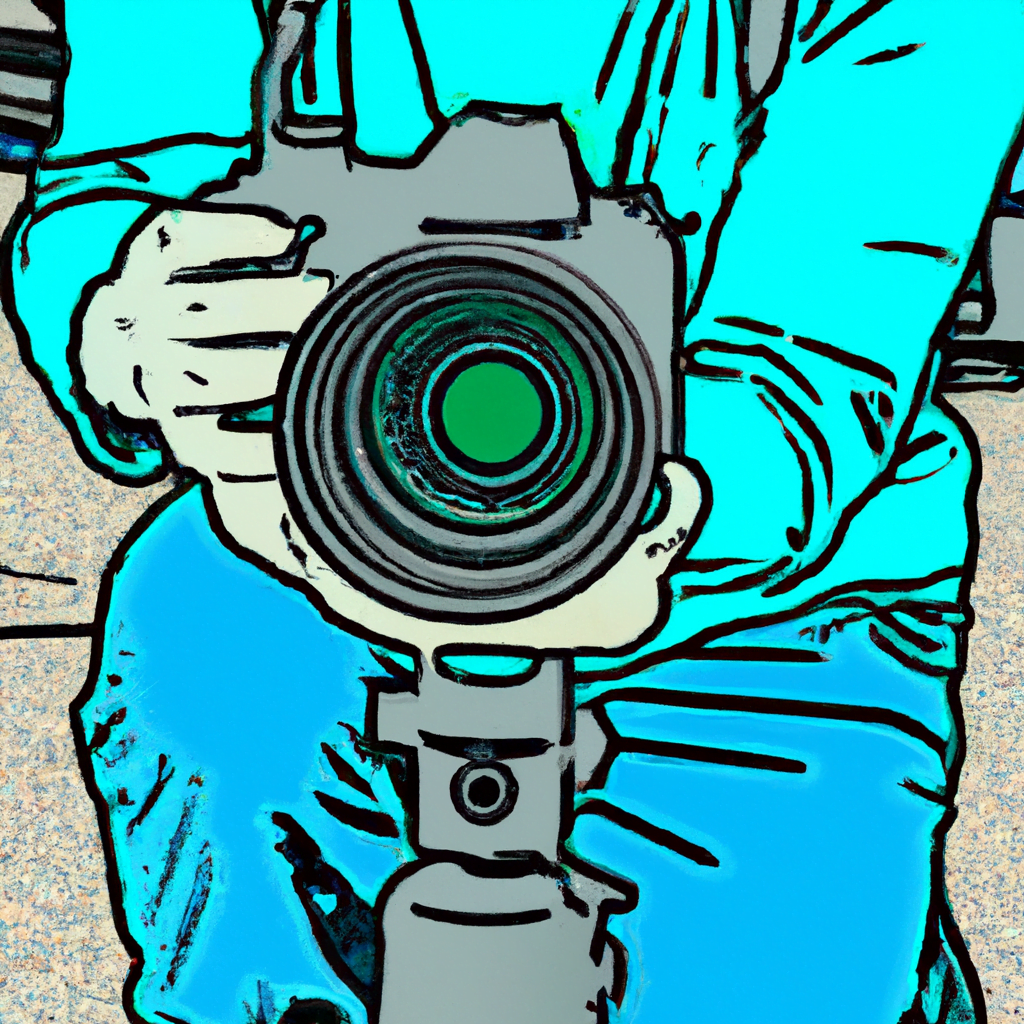Illustration Trends and Predictions for the Year Ahead
Illustration has always been a powerful tool for communication, and in recent years, it has gained even more popularity across various industries. From advertising to publishing, illustrations have become an integral part of visual storytelling. As we look ahead to the coming year, it’s essential to stay updated on the latest illustration trends and predictions to ensure that your work remains fresh and relevant. In this article, we will explore some of the most exciting trends in illustration and make predictions for what we can expect in the year ahead.
1. Minimalism and Simplification
One of the prominent trends we have seen in recent years is the rise of minimalistic and simplified illustrations. This trend is characterized by clean lines, limited color palettes, and a focus on essential elements. Minimalistic illustrations have gained popularity due to their ability to convey complex ideas in a visually appealing and straightforward manner.
For example, Dropbox’s rebranding in 2017 embraced minimalistic illustrations to communicate their message effectively. The use of simple line drawings and vibrant colors helped them create a cohesive and memorable visual identity.
In the year ahead, we can expect to see more brands and designers adopting this trend. Minimalistic illustrations not only provide a modern and clean aesthetic but also load quickly on digital platforms, making them ideal for websites and mobile applications.
2. Abstract and Geometric Shapes
Abstract and geometric shapes have been a popular trend in illustration for several years now, and they show no signs of slowing down. This trend involves using simple shapes and forms to create visually striking and eye-catching illustrations.
Brands like Spotify have successfully incorporated abstract and geometric illustrations into their marketing campaigns. By using bold colors and geometric patterns, they were able to create a visually cohesive and memorable brand image.
In the year ahead, we can expect to see more experimentation with abstract and geometric shapes. Illustrators will continue to push the boundaries of traditional shapes and explore new ways to create visually engaging artwork.
3. Hand-Drawn and Organic Illustrations
In contrast to the clean lines of minimalistic illustrations, hand-drawn and organic illustrations offer a more personal and human touch. This trend involves using imperfect lines, textures, and brush strokes to create illustrations that feel warm and inviting.
Brands like Innocent Drinks have successfully incorporated hand-drawn illustrations into their packaging and marketing materials. The use of hand-drawn elements helps them convey a sense of authenticity and playfulness.
In the year ahead, we can expect to see more brands embracing hand-drawn and organic illustrations to create a unique and personal connection with their audience. This trend allows brands to stand out in a digital world dominated by sleek and polished designs.
4. 3D and Isometric Illustrations
With advancements in technology, 3D and isometric illustrations have become increasingly popular in recent years. This trend involves creating illustrations that have depth and dimension, giving them a realistic and immersive feel.
Brands like Apple have utilized 3D illustrations to showcase their products in a visually appealing way. By incorporating realistic lighting and textures, they were able to create illustrations that feel almost tangible.
In the year ahead, we can expect to see more illustrators experimenting with 3D and isometric illustrations. As virtual reality and augmented reality continue to evolve, these types of illustrations will become even more prevalent in various industries.
5. Diversity and Inclusivity
In recent years, there has been a growing demand for diversity and inclusivity in all forms of media, including illustrations. This trend involves representing people from different backgrounds, cultures, and abilities in illustrations.
Brands like Nike have embraced diversity and inclusivity in their illustrations to reflect their commitment to equality and representation. By featuring a diverse range of athletes in their campaigns, they were able to connect with a broader audience.
In the year ahead, we can expect to see more brands and illustrators prioritizing diversity and inclusivity in their work. This trend not only helps create a more inclusive society but also allows brands to connect with a wider range of consumers.
Conclusion
As we look ahead to the year ahead, it’s clear that illustration will continue to play a significant role in visual communication. From minimalistic designs to hand-drawn illustrations, there are numerous trends and predictions to consider.
By staying updated on the latest illustration trends and incorporating them into your work, you can ensure that your illustrations remain fresh, relevant, and engaging. Whether you’re a designer, marketer, or illustrator, embracing these trends will help you create visually compelling artwork that resonates with your audience.
Remember, trends come and go, but the key to successful illustration is to adapt and evolve with the changing times. So, keep experimenting, stay inspired, and continue pushing the boundaries of what illustration can achieve.
